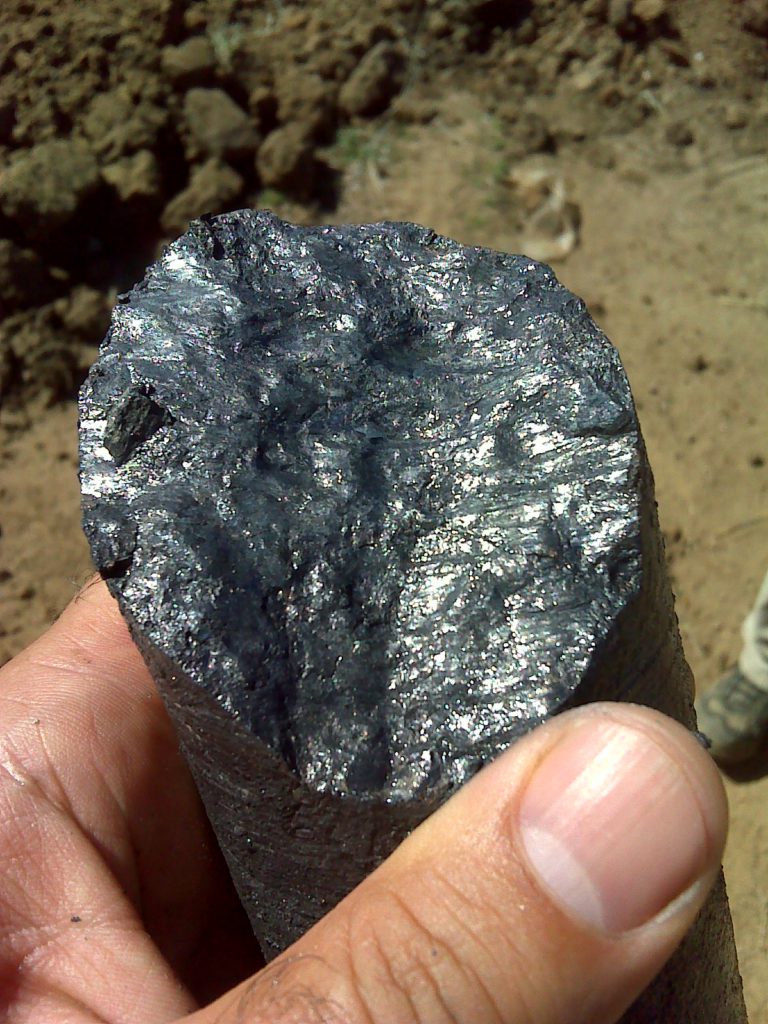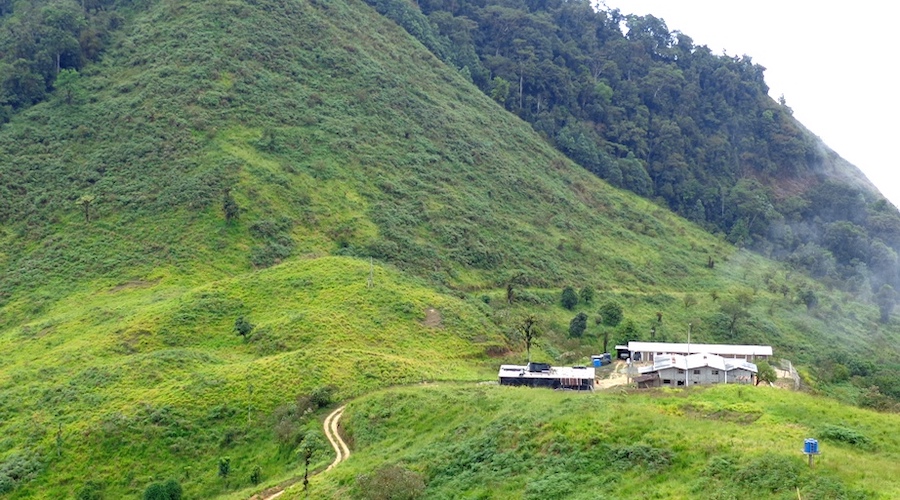NextSource secures major graphite offtake with thyssenkrupp

Graphite project developer NextSource Materials (TSX: NEXT; US-OTC: NSRCF) has secured an offtake agreement with Germany-based thyssenkrupp Materials Trading to supply up to 35,000 tonnes per year of its branded SuperFlake graphite products.
The agreement provides a minimum of 7,300 tonnes per year to be shipped when the first phase of construction of the 17,000 tonne-per-year Molo project in Madagascar is completed by April 2022.
Pending thyssenkrupp’s verification of the run-of-mill SuperFlake production, the offtake agreement will trigger a volume expansion to 35,000 tonnes per annum when the project’s phase two expansion is completed by June 2024.
The agreement will be in force for 10 years and includes an automatic five-year renewal.
The offtake agreement will trigger a volume expansion to 35,000 tonnes per annum when the project’s phase two expansion is completed by June 2024
thyssenkrupp says the product will be mainly targeted for use in the refractory and expandable graphite (graphite foil) markets in Europe, the United Kingdom, North America, Mexico, China, and South Korea.
“The partnership with NextSource underlines the consistent continuation of our activities to expand our high-quality graphite supply sources outside of China,” said thyssenkrupp Materials Trading COO Jörg Glebe in a press release.
This year, NextSource made global headlines after former Xstrata boss Sir Mick Davis threw his weight behind the battery metals sector. His new investment vehicle called Blue Vision Resources endorsed the Molo project with a $29.5 million investment, fully funding the project’s construction.
The funds will be sufficient to put the large flake graphite deposit into production as early as the second quarter of next year. Sir Davis will also become the company’s chairman.
In October 2018, NextSource signed a binding offtake agreement for 20,000 tonnes of graphite a year over ten years with a Japanese trading company that supplies Japan’s largest battery processor and manufacturer of graphite anode material used in lithium-ion batteries for EVs.
“The partnership underlines our activities to expand our high-quality graphite supply sources outside of China”
thyssenkrupp Materials Trading COO Jörg Glebe
In April, NextSource finalised the agreement and added a third, Chinese entity to create a three-way partnership plugged into the Tesla battery supply chain.
An updated feasibility study released in September 2019 outlined a phased development approach.
The first phase will produce 17,000 tonnes of graphite a year over the first two years and a second phase beginning in year three of 45,000 tonnes per year. The study outlined a mine life of 30 years and initial capex for phase one of $21 million and phase two of $39.1 million. (Capex and working capital combined to bring the first phase estimate to about $25 million.)
The deposit contains 100.4 million measured and indicated tonnes grading 6.3% carbon (graphite) for 6.3 million tonnes of graphite and inferred resources of 40.9 million tonnes grading 5.8% carbon for 2.4 million tonnes of graphite. The resource estimate used a cut-off grade of 2%.
The plant for phase one will be modular – consisting of 35 units built and put together offshore, tested, then dismantled and shipped to Madagascar’s Fort Dauphin port in Taolagnaro. NextSource forecasts it will take nine months to build the open-pit mining operation and get the plant up and running.
More News
{{ commodity.name }}
{{ post.title }}
{{ post.date }}



Comments